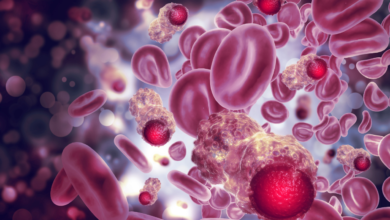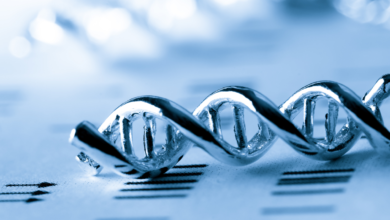DNA Identification

What is DNA Identification?
DNA identification, also known as DNA fingerprinting or genetic profiling, is a technique used to analyze DNA to identify an individual or determine a biological relationship. It’s based on the principle that every person’s DNA is unique, except for identical twins.
Why DNA Identification is required?
DNA identification is used in a variety of fields, including:
- Forensic science: To identify suspects or victims in criminal cases.
- Paternity testing: To establish biological relationships between parents and children.
- Immigration: To verify family relationships for immigration purposes.
- Historical research: To identify remains of historical figures.
- Wildlife conservation: To track animal populations and identify endangered species.
Which are the method of DNA Identification?
Several methods are used for DNA identification, including:
- Restriction Fragment Length Polymorphism (RFLP): This older method involves cutting DNA into fragments using enzymes and analyzing the size of the fragments.
- Polymerase Chain Reaction (PCR): This technique amplifies specific DNA sequences, making it possible to analyze very small samples.
- Short Tandem Repeats (STRs): This method analyzes repetitive sequences of DNA that vary in length between individuals.
- Single Nucleotide Polymorphism (SNP): This method analyzes variations in single nucleotides within the DNA sequence.
Who should go for DNA Identification?
Individuals who may need DNA identification include:
- Suspects or victims of crimes
- Individuals involved in paternity or maternity disputes
- People seeking to verify family relationships for immigration purposes
- Individuals interested in their genetic ancestry
What are the results of DNA Identification?
DNA identification can provide a high degree of accuracy in identifying individuals or determining biological relationships. The results may include:
- A DNA profile: A unique pattern of DNA fragments that can be used to identify an individual.
- A probability of relatedness: A numerical value indicating the likelihood of a biological relationship.
- A match or non-match: A comparison of DNA profiles to determine if they match or do not match.
What are the components of DNA Identification?
DNA identification involves several components:
- DNA sample: A biological sample, such as blood, saliva, or hair, is collected from the individual.
- DNA extraction: DNA is extracted from the sample.
- DNA analysis: The DNA is analyzed using one of the methods described above.
- Comparison: The DNA profile is compared to other DNA profiles, if applicable.
- Interpretation: The results are interpreted by experts and presented in a clear and understandable manner.





